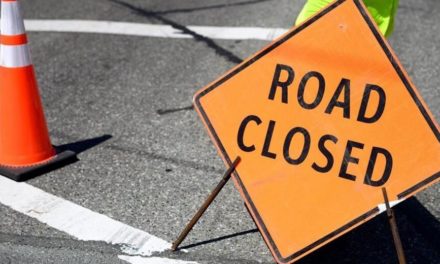From NRDC Switchboard:
About a year ago, NRDC Executive Director Peter Lehner asked me what one word, if I had to choose, would most closely describe a smart, sustainable community. Peter thought that the word might be density. But I chose walkability instead.
It is important to have a certain (though not necessarily high) level of density in a sustainable neighborhood. But we also need the right design, with connected streets, a pleasant environment that incorporates a variety of places to go and things to do, and that includes nature. We need our community to feel and be safe for us to be out and about. (The popsicle and Halloween tests are instructive here.) All these things contribute to walkability.
There’s more on the list, of course, certainly including good jobs, and places for a variety of ages and income levels to live. But I would start with walkability. If it feels good and useful to walk in a neighborhood, with things to walk to, we’re likely a significant way toward our goal.
Knowing that I write about this subject often, Wendy Landman recently got in touch. Wendy is executive director of an organization called WalkBoston, “a non-profit membership organization dedicated to improving walking conditions in cities and towns across Massachusetts.” WalkBoston’s website says the organization’s mission is to create and preserve safe walking environments that build vital communities. They “promote walking for transportation, health and recreation through education and advocacy.”
Wendy forwarded two brochures, each of which provides a very succinct and useful, annotated compilation of national research about walking and walkable places. One is called Walk Your Way to Health; the other, Good Walking Is Good Business. They are extremely well-written and useful, and I recommend them. (Some of the references cited in the brochures are also linked on the website. From the wording of the brochures, I believe WalkBoston’s intent is to link to all of them; I hope they do.)
Here is just a sampling of what’s in the two brochures. While many of these facts and studies are known to us in the field, they aren’t necessarily known more widely. And, even for those of us who get excited about things like street connectivity, I’m not sure I have ever seen them summarized better:
- Fewer young people want cars. In 1995 people age 21 to 30 drove 21 percent of all miles driven in the U.S.; in 2009 it was 14 percent, despite consistent growth of the age group. Living car-free in walkable areas fits younger lifestyles. [Advertising Age, 2010]
- A one-point increase in Walk Score [based on number of destinations within a short distance] is associated with between a $700 and $3,000 increase in home values. [CEOs for Cities, 2009]

- A 10-point increase in Walk Score increases commercial property values by 5 percent to 8 percent. [University of Arizona & Indiana University, 2010]
- Homes in walkable urban neighborhoods have experienced less than half the average decline in price from the housing peak in the mid-2000s. [Brookings Institution, 2011] (See also this analysis.)
- If one in ten Massachusetts adults started a regular walking program, the state would save $121 million in heart disease expenditures annually. [MA Dept. of Public Health, 2008]
- People living in walkable neighborhoods trust neighbors more, participate in community projects and volunteer more than in non-walkable areas. [University of New Hampshire, 2010]
- Men and women age 50 to 71 who took a brisk walk nearly every day had a 27 percent reduced death rate compared to non-exercisers. Adding 20 minutes of vigorous exercise, 3 days a week resulted in a 32 percent reduced death rate. Combining vigorous exercise and walking each week produced a 50% reduced mortality. [Arch Internal Medicine, 2007]
- Among the more than 72,000 women in the Nurses’ Health Study, those who walked 3 or more hours/week reduced their risk of a coronary event by 35 percen compared with women who did not walk.
- Retired men who walked less than 1 mile/day had nearly twice the mortality rates of those who walked more than 2 miles/day. [Harvard University, Brigham & Women’s Hospital, ongoing]

- A study of over 3,200 overweight adults found that a good diet and walking 2.5 hours/week reduced their risk of developing diabetes by 58 percent. Participants aged 60 and older reduced their risk by 71 percent. [New England Journal of Medicine, 2002]
- Exercise affects learning, memory and cognition. College students showed improved performance on recognition memory tasks after exercise. [NYU current research]
- Risks of death from breast and uterine cancer were reduced 19 percent in those who walked 1 to 3 hours/week, by 54 percent for walking 3 to 5 hours/week. [HarvardUniversity Women’s Health Study, 2012]
- Sedentary men who began exercising after the age of 45 have a 24 percent lower death rate than those who remain inactive. On average, sedentary people who became active later in life improved their life expectancy by about 1.6 years. [Harvard Alumni Study, 2000]
Good stuff, and important, too. WalkBoston’s website is chock-full of more information on the group’s activities, policy issues, and even maps of great walking routes in and around Boston.
.



